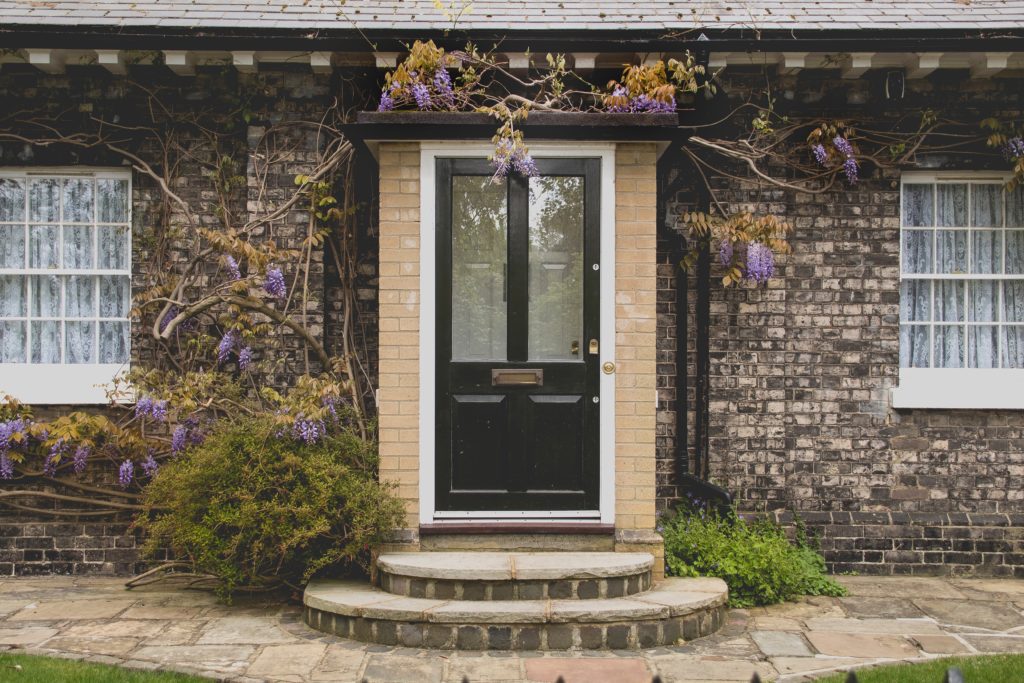Once you find a great real estate property, you should get it under contract knowing you have multiple could real estate exit strategy options.
If you want to make big profits on the deal, assuming that you have bought right, your best bet is to fix and flip the property.
Still, there are more than one way to flip a property.
If you look at the popular fix and flip shows on HG TV, a beginner would get the impression that the only option is to go for the immediate sell once you rehab the property.
However, there are other options that are common than that may yield as much, if not more, benefits over the long term.
We’re going to take a look at a couple of the popular options you have to flipping a property to put more tools in your tool belt.
Start by discussing the straightforward fix and flip exit strategy.
#1: Fix and Flip Strategy
If you have found a home that needs to be rehabbed and you find that you can realize a big profits by making all the repairs yourself, that means subcontracting out the work to your contracting crew, then you should go for it.
Tip: make sure to review the numbers multiple times, allowing for unexpected costs, when you evaluate the deal before buying a property. Last thing you want to have to is to mess up the numbers and end up overspending by rehab costs.
Buying property at the right price is an absolute essential for making money as a real estate investor.
You really need to come in at a maximum of 65% of the ARV of the property with all your costs and purchase price included. That means all the rehab costs, carrying costs, financing costs, and interest costs.
Since there are so many people getting FHA loans, if you want to accommodate these buyers and you should look to sell houses that have been ARV in the range of what FHA lends.
#2: Fix and Rent-to-Own
The next real estate exit strategy I want to share here is the fix and rent-to-own flip strategy.
Doing a rent-to-own strategy means that you sign a lease with an option to buy with your buyer.
Tenants who love rent to own deals are those who don’t have the credit are a large enough down payment needed to buy a house at the present time.
You will collect a down payment for the tenant, which is their right to exercise have to buy the house at a predetermined price for a period of one to two years.
The option amount and a portion of the rent paid is applied to the purchase price if the actions exercise account equity for the buyer.
You are not required to make real estate taxes current until the house is sold under the option. This means that code enforcement, tax liability and maintenance become the responsibility of the seller for rental period.
As the seller, you have the right to sell the property to someone who will uphold the rent-to-own contract or increase sale price of the house at the end of the option period.
Here’s what this process looks like simple steps…
- Buy the property low
- Fix up the property
- Refinance the property based on the increased value after the renovations
- Sell the property as a rent-to-own deal
By refinancing the property, you’ll be able to pull some of the equity out to cover costs, payroll and make some profit.
When you sell the property in a rent to own deal, the tenant will put 5% down – which will later be used as a down payment – and have the option to buy the property. The rent they pay should be enough to cover the mortgage and make a little net cash flow. They will pay the utilities.
When you use the lease option, you should make sure to get some money down -the 5% down is good. Your tenant will have two different, independent agreements that they are making with you. This is because they are both the tenant and potential buyer of your real estate property.
The first agreement will be the lease agreement, which is a monthly rental agreement.
The second agreement is the option they have to buy the property for a specific price sometime in the future.
You must be sure that the tenant is paying for all of the utilities, gas, electrics, cable, sewer, and water bills in the lease option or rent-to-own scenario.
Another benefit of this rent-to-own option is that tenants are usually happy to pay for the maintenance of the house, cutting the grass, snow removal and any other improvements that need to be made. It helps them feel as if it’s their property and it engenders the sense ownership.
The tenant that paid the 5% deposit has taken emotional ownership in the property and will take care of it like it’s their own. The reality is that they don’t have the deed or the title on the property, but they will emotionally take care of it like it is their own.
Only after they exercise that option to buy and purchase the home at full price will it legally will be their home.
On the other hand, if they fail to exercise the option to buy the property because they could not get a loan financed or decided that they don’t want it, you get to keep the property and all the money you have received up to that point.
That means you get to keep the 5% option fee – and you have benefited from them paying the bills, maintenance costs, improvements, and looking at the property while it grew in value so you can sell a higher price, easily.
There are different scenarios that you will consider that when make the decision to fix and flip the best option, and other scenarios that make the lease option or rent-to-own option the best real estate exit strategy.
You should consider both options as you seek to generate big profits from your real estate investment deals.
If you want an expert team to guide you and assist you through choosing the best real estate exit strategy for you, contact Utz Property Management today.






